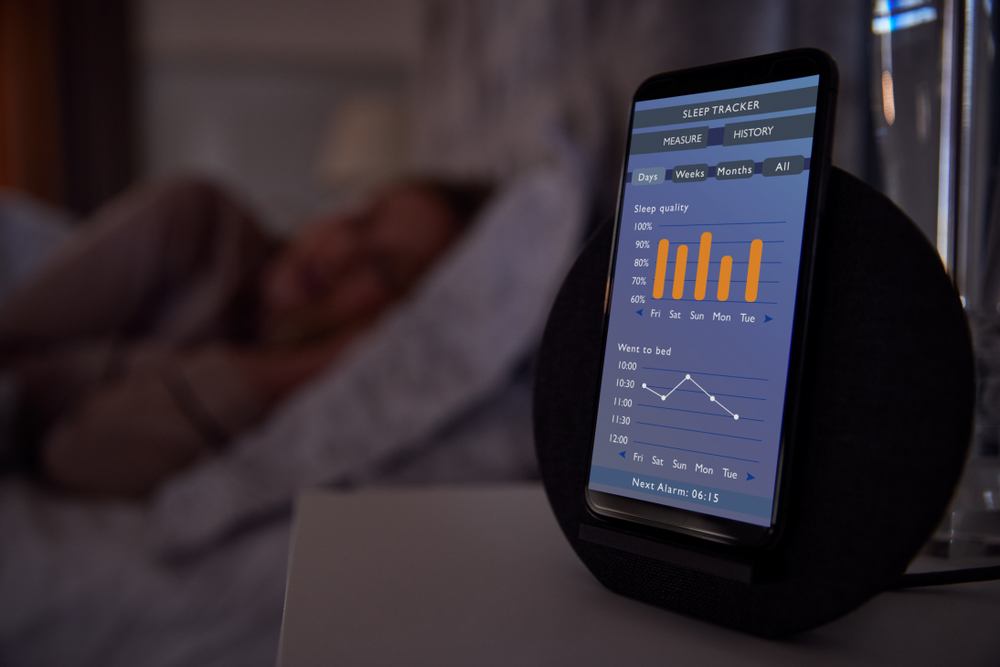How data is reshaping rest
In recent years, sleep has moved from mystery to measurable. With the rise of wearable technology and sleep-tracking platforms, real-time insight into the quality and rhythms of your sleep habits is easily accessible. This surge in personal sleep data is not only reshaping how people think about bedtime, but also informing decisions about health, performance, and overall well-being. Welcome to the age of data-driven rest, where better sleep starts with self-awareness.
Metrics that matter
To understand how this shift is taking shape, it helps to look at what exactly is being measured and why it matters. Sleep-tracking devices ranging from smartwatches and rings to under-mattress sensors collect data on a variety of physiological signals. Common metrics include total sleep time, sleep efficiency, time spent in each sleep stage, heart rate variability, respiration rate, and even skin temperature. Some advanced platforms go a step further, offering readiness or recovery scores to help users connect their overnight sleep patterns to how physically or mentally prepared they are to take on the day.
This level of granularity is helping people recognize how behaviors like caffeine intake, screen time, or inconsistent bedtimes directly affect their rest. Over time, patterns begin to surface. For instance, reduced REM sleep may align with late-night screen use, while inconsistent weekend sleep schedules can disrupt circadian rhythm. These observations often prompt small but meaningful changes, transforming sleep from a passive routine into a personal metric that can be monitored, refined, and improved. But as empowering as these metrics are, they’re only one part of the bigger sleep picture.
When numbers aren’t enough
While sleep tracking offers valuable information, it rarely provides the full story. Many people notice irregularities in their sleep scores—such as frequent disruptions or low levels of deep sleep—without fully understanding the underlying causes. These issues are often shaped by factors that fall outside the scope of digital tracking.
Physical comfort plays a critical role in achieving restorative sleep. Enviromental elements such as temperature, support, pressure relief, and motion transfer can significantly impact sleep quality. When these elements are not optimized, they may interfere with the body’s ability to fully enter and sustain the deeper, more regenerative stages of sleep, regardless of how perfect the bedtime routine may be.
Bringing data to life
The true value of sleep tracking lies in its application. When the sleep surface works in harmony with the body’s needs, it brings data-driven decisions to life creating deeper, more consistent rest and making sleep not only smarter, but more restorative. Rather than focusing solely on numbers, many individuals are using sleep tracking insights to make intentional adjustments to their sleep environments. For example, choosing a mattress that incorporates advanced cooling materials, targeted pressure relief, and motion-reducing designs—like those found in several Therapedic® collections—can help address the physical factors that tracking devices can’t always detect. By aligning sleep data with design decisions, users can turn information into tangible improvements in sleep quality.
The future feels restful
As sleep technology continues to evolve, its potential to support long-term wellness becomes increasingly clear. When data is combined with a thoughtfully designed sleep space, the insights provided by tracking devices can become a catalyst for lasting change. In this new era of personalized wellness, rest is no longer left to chance. It is informed, intentional, and designed to restore with solutions that support the science behind better sleep.
